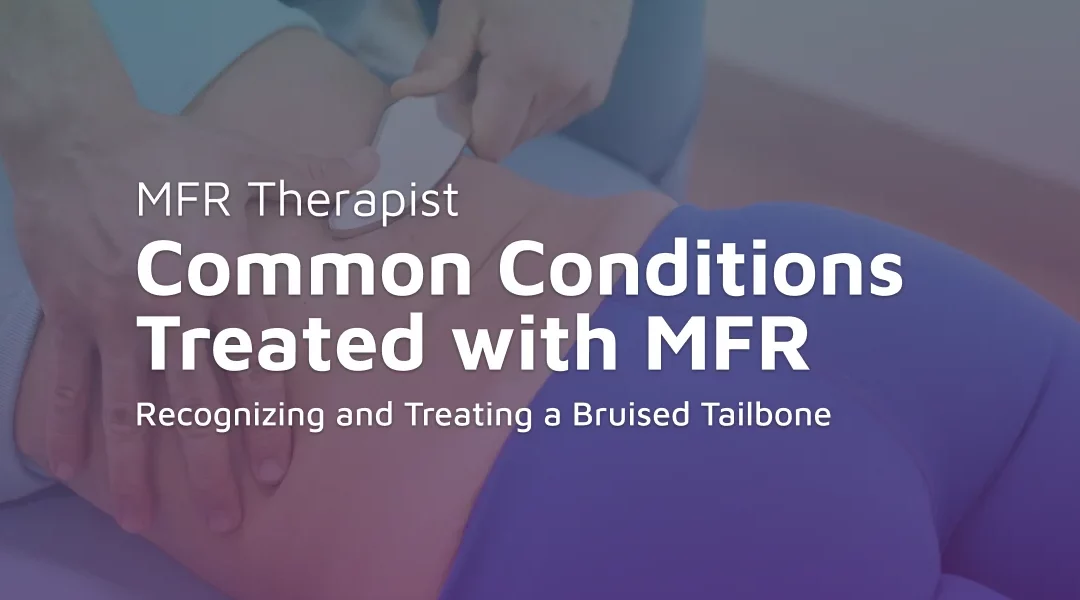The repercussions of a bruised tailbone can extend beyond physical pain, affecting a person’s ability to conduct daily activities and potentially leading to psychological distress. The challenges of managing chronic pain in the coccygeal region can contribute to feelings of distress and frustration, as individuals might struggle to sit comfortably, drive, work, or engage in leisure activities.
Home remedies
Initial treatment for a bruised tailbone often involves simple home remedies aimed at controlling pain and preventing further irritation to the area. It’s advisable to avoid sitting down for long periods of time or sitting on hard surfaces. If you must sit, alternate sitting on each side of your buttocks and lean forward to direct your weight away from the tailbone. For traumatic injuries, applying ice to the tailbone area for 15-20 minutes, four times a day, for the first few days after the injury can provide relief. Over-the-counter nonsteroidal anti-inflammatory drugs (NSAIDs) can reduce pain and inflammation. A ‘doughnut’ cushion or a pillow with a hole in the middle can also provide comfort by preventing the tailbone from contacting the flat surface. Eating foods high in fiber can soften stools and prevent constipation, which can exacerbate tailbone pain. Rest is also imperative in recovery, as it allows the body to heal. Equally important is maintaining a balanced diet, as good nutrition aids in the healing process.
Physical therapy
Physical therapy is another important component of treatment for a bruised tailbone. A physical therapist can teach you exercises that stretch the ligaments and strengthen muscles that support the back, which can help alleviate tailbone pain. Certain exercises, like pelvic floor exercises, can specifically target the muscles around the tailbone, improving strength and flexibility in that region. Yoga poses, for instance, can help stretch the muscles surrounding the tailbone and relieve pain.
Over-the-counter medications
Over-the-counter medications can provide relief for pain from a bruised tailbone. Nonsteroidal anti-inflammatory drugs (NSAIDs), such as aspirin or ibuprofen, can reduce pain and inflammation, improving your ability to move around. However, these medications should be used with caution. Always follow the dosage instructions on the package, and avoid taking NSAIDs if you have kidney disease, a history of gastrointestinal bleeding, or if you’re also taking a blood thinner. In such cases, it’s safer to take acetaminophen, which can help lessen pain but does not reduce inflammation.
Myofascial release therapy
Myofascial Release (MFR) stands out as a beneficial treatment for managing the discomfort associated with a bruised tailbone. The essence of MFR lies in its specialized technique, which is aimed at alleviating pain and enhancing mobility. The process involves a certified MFR therapist applying gentle yet sustained pressure and stretch to the myofascial connective tissues. The MFR therapist first identifies areas of fascial tension. Once these areas are recognized, the therapist delicately applies manual pressure that helps to release the fascia incrementally. By focusing on these targeted areas, MFR can significantly aid in decreasing the pain and inflammation surrounding a bruised tailbone. It offers an additional benefit of improving mobility, which is commonly compromised when dealing with such an injury.
As mentioned above, MFR therapy targets the myofascial tissues, which are a sheet of connective tissue that surrounds all structures in the body. This technique stands apart from other therapies due to its focus on sustained pressure and stretching, which helps release the fascia. In contrast to conventional massage, which primarily focuses on muscle relaxation and temporary relief, MFR treats the entire myofascial complex, aiming for long-term structural change and pain relief.
At MFR Health, our therapists are trained in the John F. Barnes, the leading expert and practitioner in the field of MFR, approach to care. By integrating MFR into the treatment of a bruised tailbone, MFR therapists often provide relief that is both deep-reaching and lasting, addressing the direct and referred pain that results from injuries to the myofascial tissues.
If you’re dealing with a bruised tailbone, receiving treatment from a certified MFR therapist can help your recovery. It’s essential to select a therapist with the right training and expertise to address your unique condition. To find a certified MFR therapist near you, visit our therapist directory at MFR Health.
The field of tailbone pain management continues to evolve, with ongoing research and development leading to more effective treatments and improved patient outcomes. Certified MFR therapists stay at the forefront of these developments, incorporating the latest research and techniques into our treatment plans. By continually advancing our knowledge and skills, we ensure our patients receive the highest quality of care. With a clear focus on the future, we’re committed to revolutionizing the treatment of tailbone pain, one patient at a time. Find a certified MFR therapist near you today to get started.
